

Articles
How To Dispose Pillows And Duvets
Modified: January 19, 2024
Find helpful articles on how to properly dispose of pillows and duvets. Learn about eco-friendly options and responsible ways to get rid of old bedding.
(Many of the links in this article redirect to a specific reviewed product. Your purchase of these products through affiliate links helps to generate commission for Storables.com, at no extra cost. Learn more)
Introduction
When it comes to home hygiene and decluttering, pillows and duvets are often overlooked. While these bedding essentials provide comfort and support for a good night’s sleep, they also accumulate dust, sweat, and allergens over time, making it necessary to replace them periodically. But what should you do with the old pillows and duvets? Simply tossing them in the trash can contribute to environmental waste, so it’s important to explore alternative disposal methods.
In this article, we will discuss why it’s crucial to dispose of pillows and duvets properly, and provide various recycling, donation, composting, and trash disposal options to make your decision easier. Whether you want to be eco-friendly, support a charitable cause, or repurpose these items, we’ve got you covered.
Key Takeaways:
- Properly disposing of pillows and duvets is crucial for maintaining a clean and healthy living environment while minimizing waste. Options such as recycling, donation, composting, and responsible trash disposal offer sustainable ways to declutter and support those in need.
- By choosing eco-friendly disposal methods like recycling, donation, and composting, you can promote sustainability, declutter your space, and support those in need. Making conscious choices contributes to reducing waste and protecting the environment for a cleaner, healthier future.
Read more: How To Dispose Of Chandelier
Why Should You Dispose of Pillows and Duvets?
While it may be tempting to simply hide old pillows and duvets away in storage or throw them in the trash, it’s important to understand why proper disposal is necessary. Here are a few reasons:
- Hygiene: Over time, pillows and duvets accumulate dust mites, dead skin cells, sweat, and other allergens. These can trigger allergies, respiratory problems, and skin irritations. Disposing of old bedding helps maintain a clean and healthy sleeping environment.
- Comfort and Support: Pillows and duvets lose their shape and cushioning with prolonged use. This can negatively impact your sleep quality, leading to body pain and discomfort. Replacing them ensures you have bedding that provides the necessary support for a restful sleep.
- Sustainability: By disposing of pillows and duvets responsibly, you contribute to reducing waste and environmental impact. Many bedding materials are not biodegradable and can take years to decompose in landfills. Recycling or repurposing them prevents unnecessary waste generation.
- Space and Clutter: Old pillows and duvets can take up valuable storage space in your home. By getting rid of them, you free up room for other essential items and minimize clutter.
- Opportunity to Upgrade: Disposing of old bedding provides you with the chance to upgrade to newer, more comfortable options. New pillows and duvets offer improved features, such as better temperature regulation or hypoallergenic properties, ensuring a better night’s sleep.
Considering these reasons, it becomes clear why properly disposing of pillows and duvets is the best choice for both your health and the environment. Now let’s explore the different options available for recycling, donating, composting, or disposing of them in the trash.
Recycling Options for Pillows and Duvets
When it comes to sustainability, recycling is one of the best options for disposing of pillows and duvets. While not all recycling facilities accept bedding materials, there are a few alternatives to consider:
- Local Recycling Centers: Check with your local recycling center to see if they accept pillows and duvets. Some centers may have specific guidelines, such as requiring the stuffing to be removed or only accepting certain types of materials. If they do accept them, be sure to clean the bedding thoroughly before dropping it off.
- Specialized Recycling Programs: Some organizations specialize in recycling bedding materials. They collect used pillows and duvets and process them into new products or insulation materials. These programs often work with hotels, hospitals, and other organizations that regularly dispose of large quantities of bedding.
- Mail-In Recycling Services: There are a few companies that offer mail-in recycling services specifically for pillows and duvets. They provide you with prepaid shipping labels that you can use to send your old bedding to their recycling facilities.
- Upcycling: If you’re feeling creative, you can repurpose your old pillows and duvets by turning them into new items. For example, you can use the fabric to make cushion covers, pet beds, or even stuffed animals. Get crafty and give your old bedding a new life!
Before recycling, it’s important to check the condition of your pillows and duvets. If they are heavily soiled, torn, or in poor condition, they may not be suitable for recycling and should be disposed of properly instead.
Now that you know how to recycle pillows and duvets, let’s move on to the option of donating them to those in need.
Donation Options for Pillows and Duvets
Donating pillows and duvets is a wonderful way to give back to your community while extending the lifespan of these items. Here are some donation options to consider:
- Local Shelters and Charities: Many homeless shelters and charitable organizations accept donations of bedding, including pillows and duvets. Contact local shelters or organizations in your area to inquire about their specific donation guidelines and requirements. Some may have restrictions on the condition of the bedding or prefer new items, so it’s always best to check beforehand.
- Animal Shelters: Animal shelters often welcome donations of pillows and duvets for their furry residents. These items can provide comfort for the animals during their stay or be used for bedding in their crates. Reach out to local animal shelters or rescue organizations to see if they are in need of bedding donations.
- Community Centers: Community centers, especially those that support low-income families or individuals, may accept donations of pillows and duvets. These organizations often have programs or initiatives to assist those in need, and your donation can go a long way in helping someone sleep comfortably.
- Online Giving Platforms: Consider using online platforms that connect donors with local charities or individuals in need. Websites and apps dedicated to facilitating donations can help you find recipients for your bedding items and ensure they go to someone who truly needs them.
When donating pillows and duvets, it’s important to comply with the organization’s guidelines for cleanliness and condition. Washing the items before donating is recommended, as cleanliness is crucial for the health and wellbeing of the recipients.
If donating your bedding is not an option, you can explore composting as an eco-friendly alternative. Let’s delve into that option next.
Before disposing of pillows and duvets, consider donating them to a local shelter or animal rescue. If they are no longer usable, check with your local waste management facility for proper disposal instructions.
Composting Pillows and Duvets
Composting is an environmentally-friendly option for disposing of natural materials such as cotton, wool, or down-filled pillows and duvets. Here’s how you can compost your old bedding:
- Remove Non-Biodegradable Materials: Before composting, make sure to remove any non-biodegradable materials, such as zippers and buttons, from the pillows and duvets. These materials will not break down in the composting process and can hinder the decomposition of the natural fibers.
- Tear or Cut into Smaller Pieces: Breaking down the bedding into smaller pieces will help expedite the composting process. You can use scissors or tear the materials by hand to make them easier to handle and decompose faster.
- Add to Your Compost Bin or Pile: Layer the torn bedding pieces into your compost bin or pile. It’s best to mix them with other organic materials, such as leaves, vegetable scraps, or yard waste, for a good balance of carbon and nitrogen. This will help create the ideal conditions for decomposition.
- Keep Your Compost Moist: Proper moisture is essential for composting. Ensure that your compost pile stays moist, but not soggy. If it becomes too dry, add water to maintain the right level of moisture.
- Aerate the Compost: Regularly turning or aerating your compost helps promote decomposition by providing oxygen to the microorganisms. This can be done with a pitchfork or by using a compost tumbler. Make sure to mix the bedding into the rest of the compost to ensure even decomposition.
- Monitor the Composting Process: Composting can take several months to a year, depending on various factors such as temperature and composting methods. Monitor the process and check for signs of decomposition, such as a dark, crumbly texture and an earthy smell.
- Use Compost in Your Garden: Once the bedding has fully decomposed, it can be used as nutrient-rich compost to enrich your garden soil. Spread the compost around plants or mix it into the soil to provide essential nutrients for healthy plant growth.
Composting pillows and duvets is a sustainable way to repurpose these items and contribute to the health of your garden. However, keep in mind that synthetic-filled bedding, such as polyester or foam, is not suitable for composting and should be disposed of through other means.
Now that we’ve explored recycling, donation, and composting options, let’s discuss the proper disposal of pillows and duvets in the trash when no other alternatives are available.
Read more: How To Dispose Of Blender
Disposing of Pillows and Duvets in the Trash
While it’s important to explore more sustainable options for disposing of pillows and duvets, there may be instances where it is the only viable choice. When throwing them in the trash, it’s crucial to follow these steps to minimize their impact on the environment:
- Wrap Them Securely: To prevent the bedding from becoming a nuisance or spreading litter, wrap the pillows and duvets securely in a large trash bag or multiple layers of plastic. This will help contain any loose materials and prevent them from being scattered during transport or disposal.
- Check Local Guidelines: Before disposing of large bedding items, check your local waste management guidelines or contact your municipal waste department. Some areas may have specific instructions or regulations regarding the disposal of bulky items like pillows and duvets.
- Consider Bulk Pickup: In some municipalities, there may be designated days or services for bulk item pickup. If this is available in your area, it can be a convenient option for disposing of larger bedding items. Contact your waste management provider to inquire about bulk pickup schedules and any specific requirements.
- Do Not Dump in Public Areas: It’s important to never dump pillows and duvets in public areas, such as parks or vacant lots. This is considered illegal dumping and can harm the environment, wildlife, and the community. Always dispose of them properly through the appropriate waste management channels.
While throwing pillows and duvets in the trash should be a last resort, following these guidelines can help ensure that they are disposed of responsibly. However, it’s worth noting that this option contributes to landfill waste, so exploring recycling, donation, or composting alternatives is always preferable.
Now, let’s address the proper disposal of feather pillows and duvets, as they require special consideration due to their unique filling.
Proper Disposal of Feather Pillows and Duvets
Feather pillows and duvets are a popular bedding choice due to their softness and insulation properties. When it comes to disposing of these items, it’s important to take into account their feather filling. Here’s how you can properly dispose of feather pillows and duvets:
- Check for Reusability: Before considering disposal, assess the condition of the pillows and duvets. If they are still in good shape and can be reused or repurposed, consider donating them to local charities, shelters, or individuals in need. Reusing these items is an eco-friendly option that avoids waste.
- Recycle Feathers: Feathers from pillows and duvets can be recycled and repurposed. Some recycling facilities accept feather bedding for processing into other products, such as insulation material or feather-based products like pillows or cushions. Check with local recycling centers or specialized recycling programs to see if they accept feather-filled bedding.
- Compost Feather Fillings: If the feathers are natural and untreated, you can compost them along with other organic materials. Remove the feather filling from the pillows and duvets and add them to your compost bin or pile. The feathers will break down over time and contribute to nutrient-rich compost for your garden.
- Dispose of Non-Feather Components: Separate any non-feather components, such as covers, zippers, buttons, or synthetic materials, from the feather fillings. These non-biodegradable materials should be disposed of separately following the appropriate guidelines provided earlier.
- Consult Local Waste Management: Check with your local waste management authorities to inquire about the best practices for disposing of feather pillows and duvets in your area. They may have specific guidelines or instructions that you need to follow for proper disposal.
Remember to always prioritize recycling, donation, or composting options before resorting to disposal. By responsibly disposing of feather pillows and duvets, you can extend their life cycle and minimize environmental impact.
Now that you are aware of various techniques for disposing of pillows and duvets, it’s time to make an informed decision and contribute to sustainability.
Conclusion
Properly disposing of pillows and duvets is essential for maintaining a clean and healthy living environment while minimizing waste. In this article, we have explored various options for disposing of these bedding items, including recycling, donation, composting, and, as a last resort, throwing them in the trash. Each method has its own benefits and considerations.
Recycling offers the opportunity to repurpose the materials and reduce environmental impact. Local recycling centers, specialized programs, and mail-in services can help ensure that your pillows and duvets are properly recycled.
Donating your bedding to local shelters, charities, animal shelters, or community centers can provide comfort to those in need and extend the lifespan of these items. Online platforms that connect donors with recipients can also be a valuable resource.
Composting is an eco-friendly option for natural materials, such as cotton, wool, or feather-filled pillows and duvets. By breaking down these items into compost, you can enrich your garden soil and contribute to sustainable gardening practices.
In situations where no other alternatives are available, disposing of pillows and duvets in the trash should be done responsibly. Securely wrapping the bedding and following local waste management guidelines helps minimize the impact on the environment.
When it comes to feather pillows and duvets, special considerations should be taken due to their unique filling. Reusability, recycling, composting, and proper disposal of non-feather components are key factors to keep in mind.
By choosing the most appropriate disposal method for your pillows and duvets, you can promote sustainability, declutter your space, and support those in need. Remember to prioritize eco-friendly options, such as recycling, donation, and composting, whenever possible.
So, the next time you decide to upgrade your bedding or simply need to replace worn-out pillows and duvets, take the time to consider the best disposal method. By making conscious choices, you can play a part in reducing waste and protecting the environment for a cleaner, healthier future.
Frequently Asked Questions about How To Dispose Pillows And Duvets
Was this page helpful?
At Storables.com, we guarantee accurate and reliable information. Our content, validated by Expert Board Contributors, is crafted following stringent Editorial Policies. We're committed to providing you with well-researched, expert-backed insights for all your informational needs.
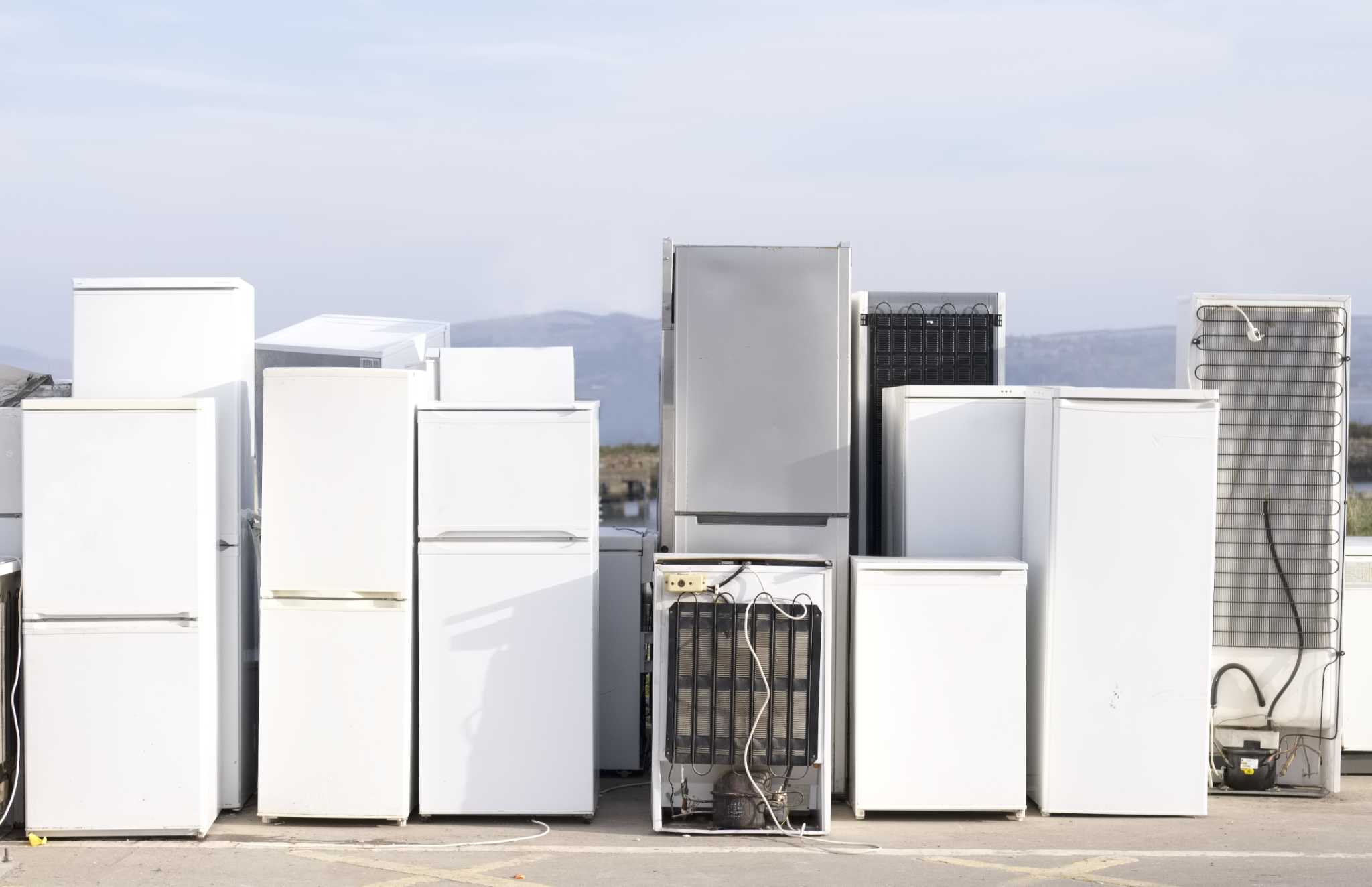


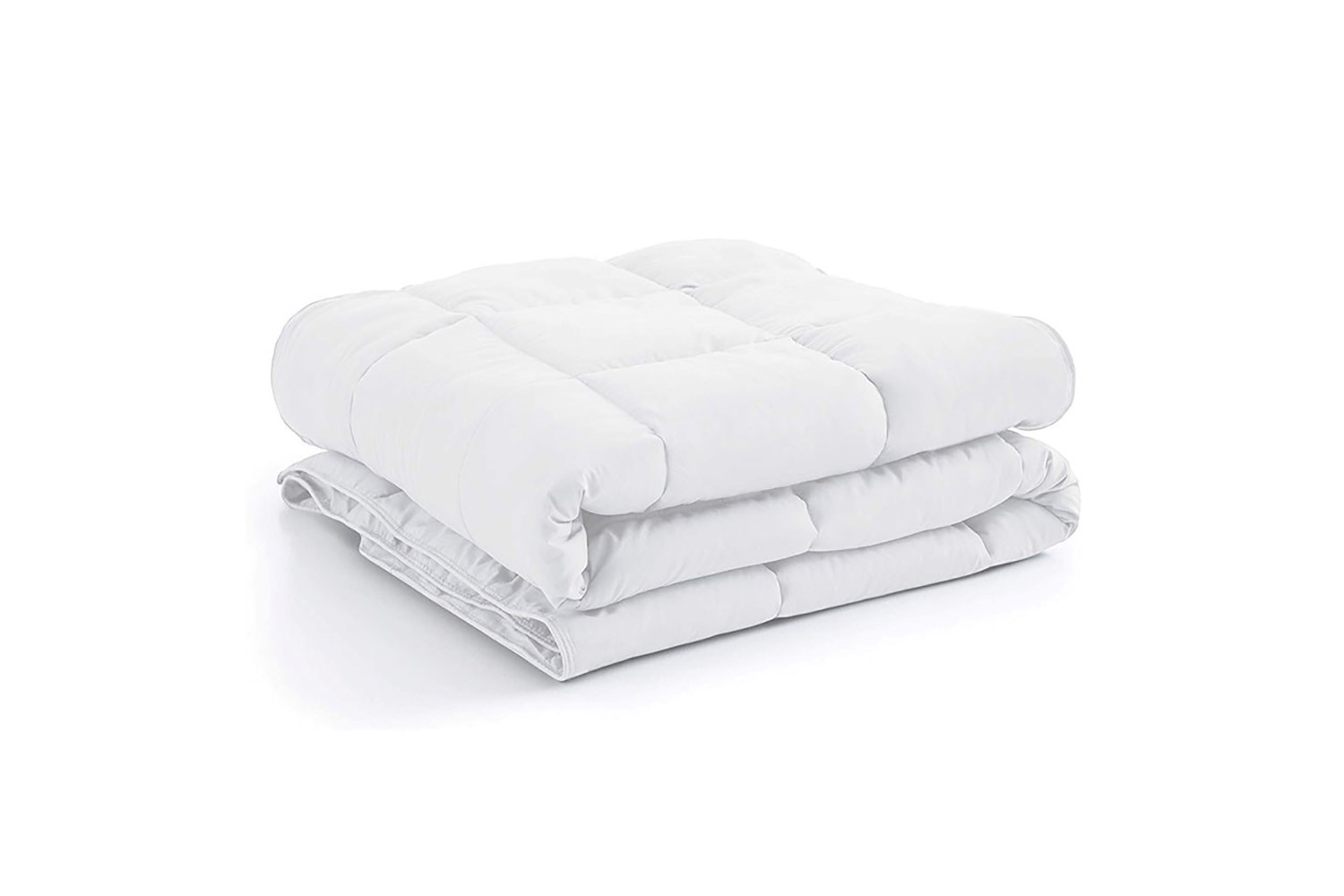


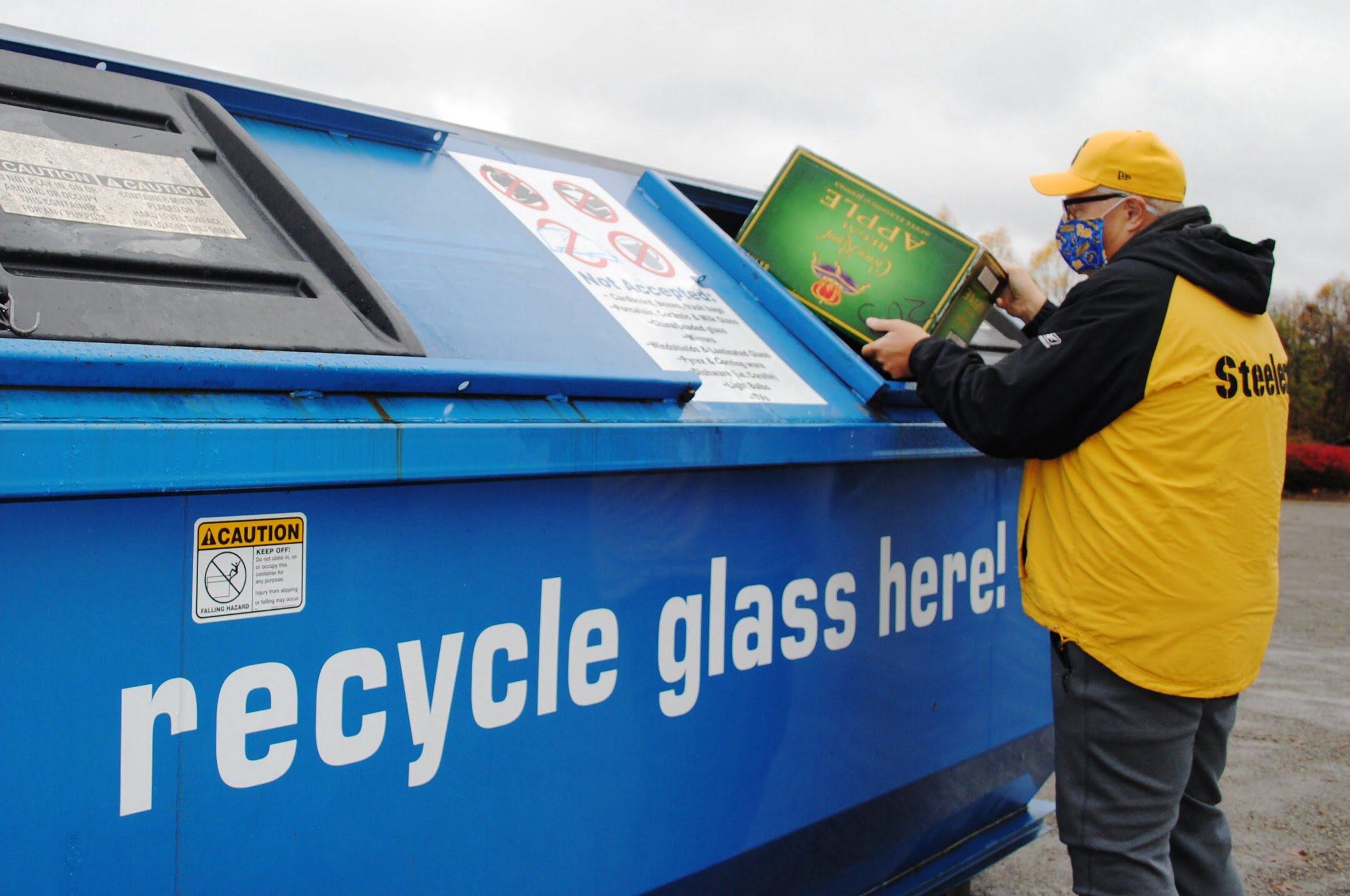
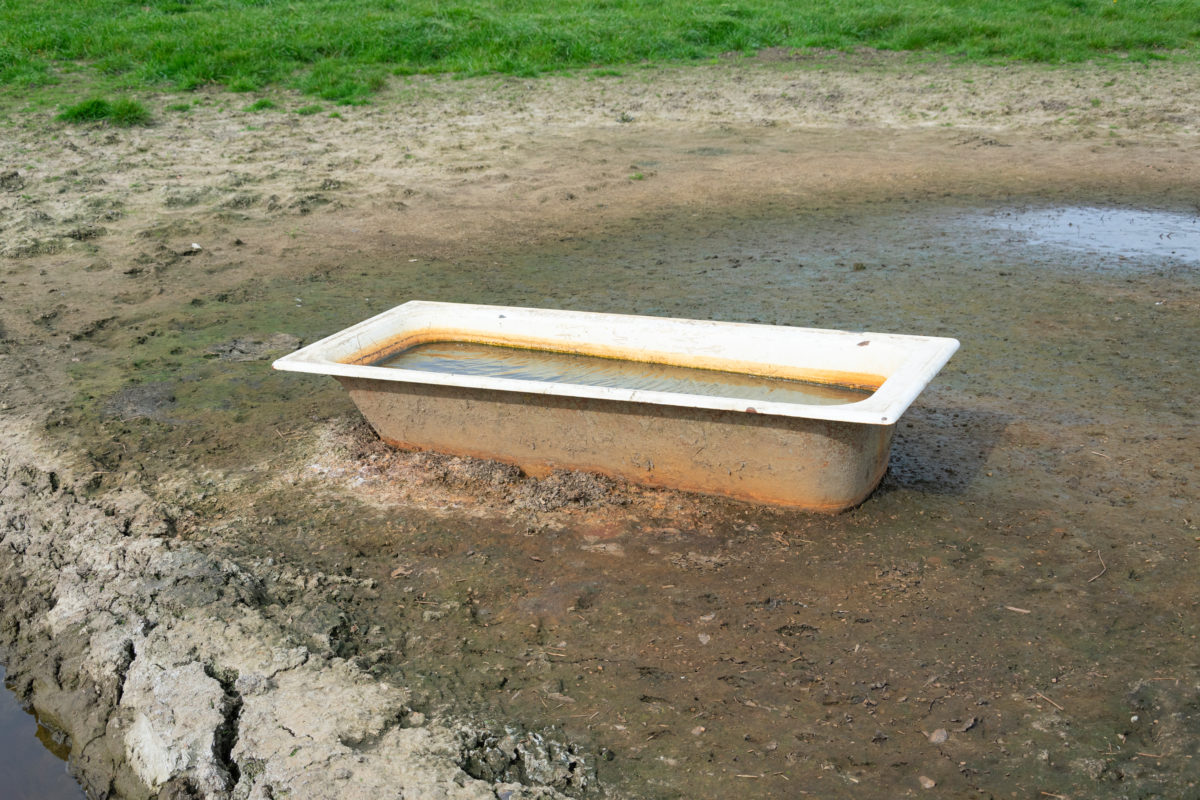
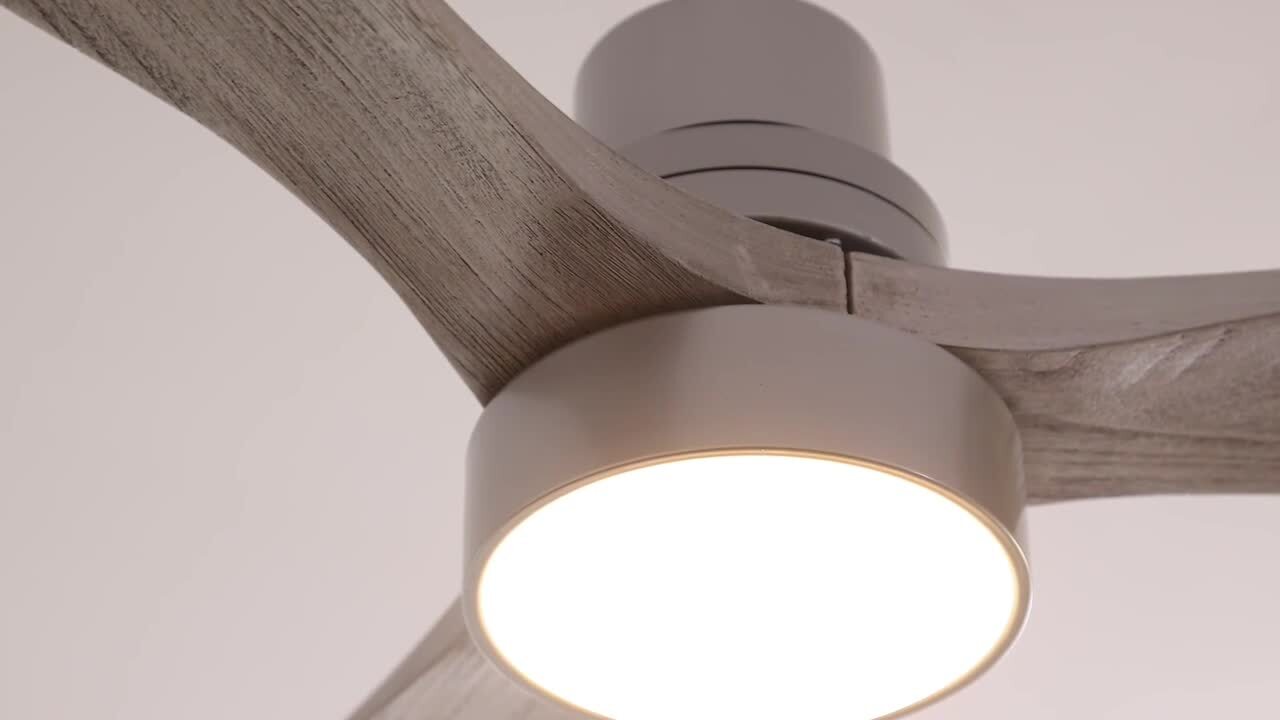
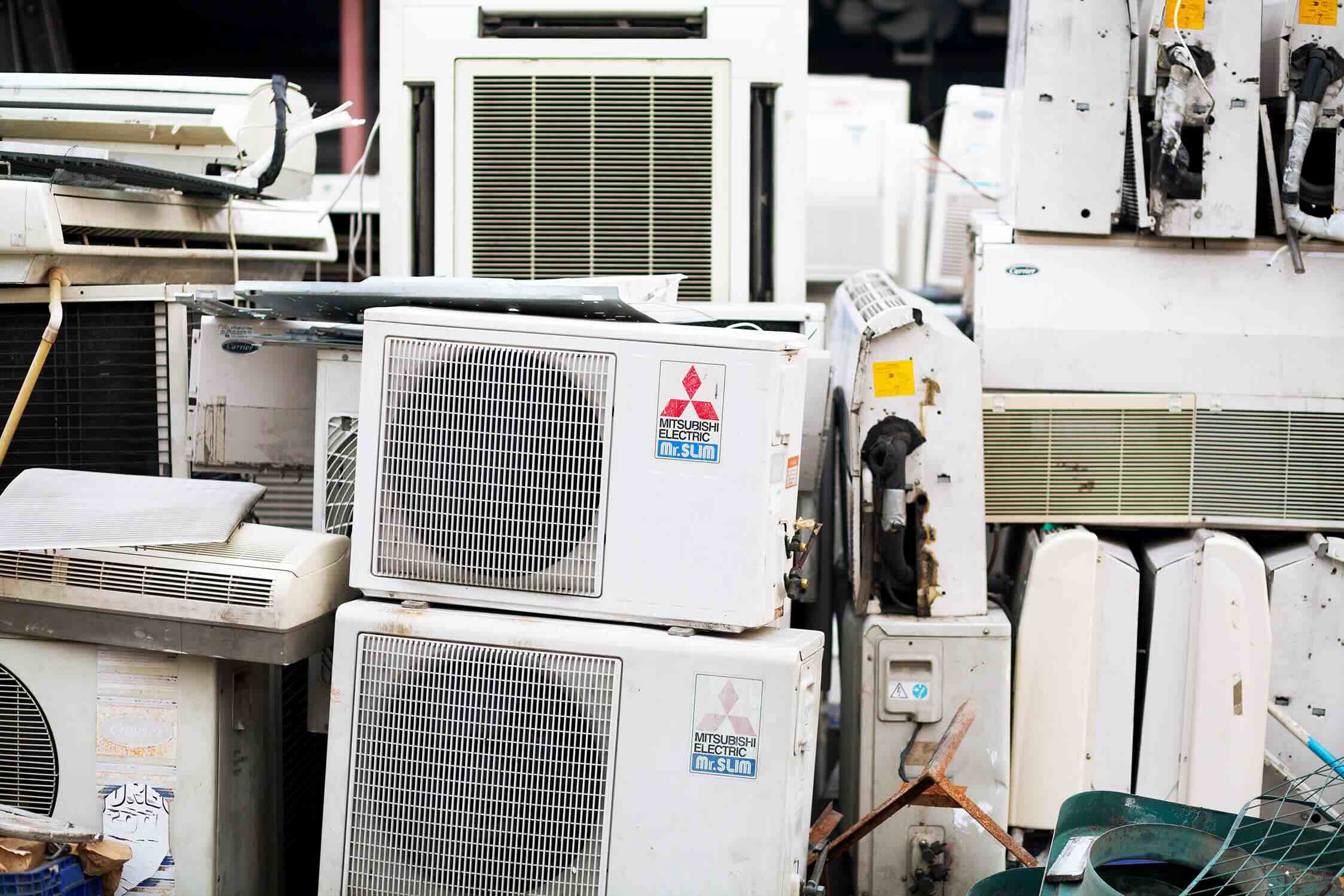
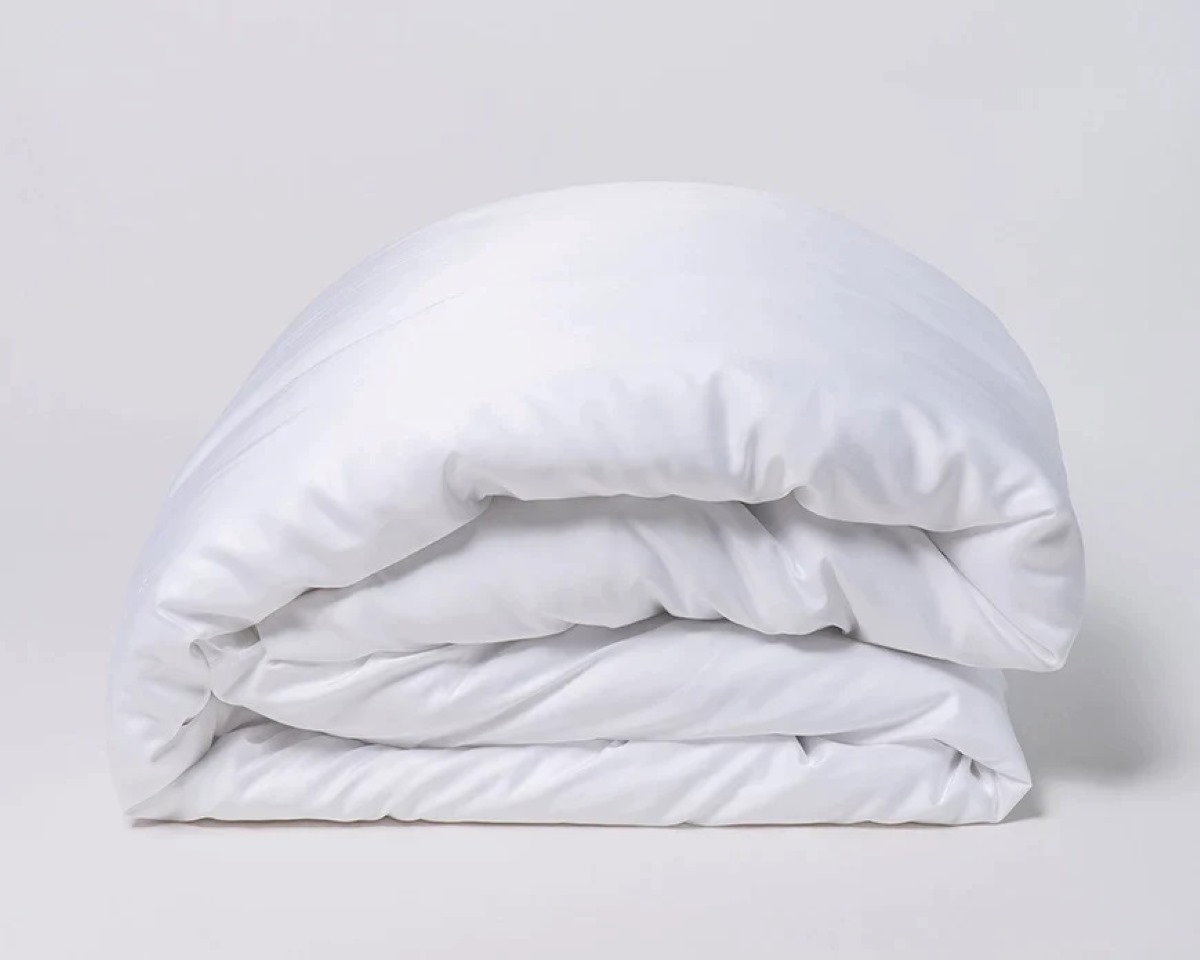
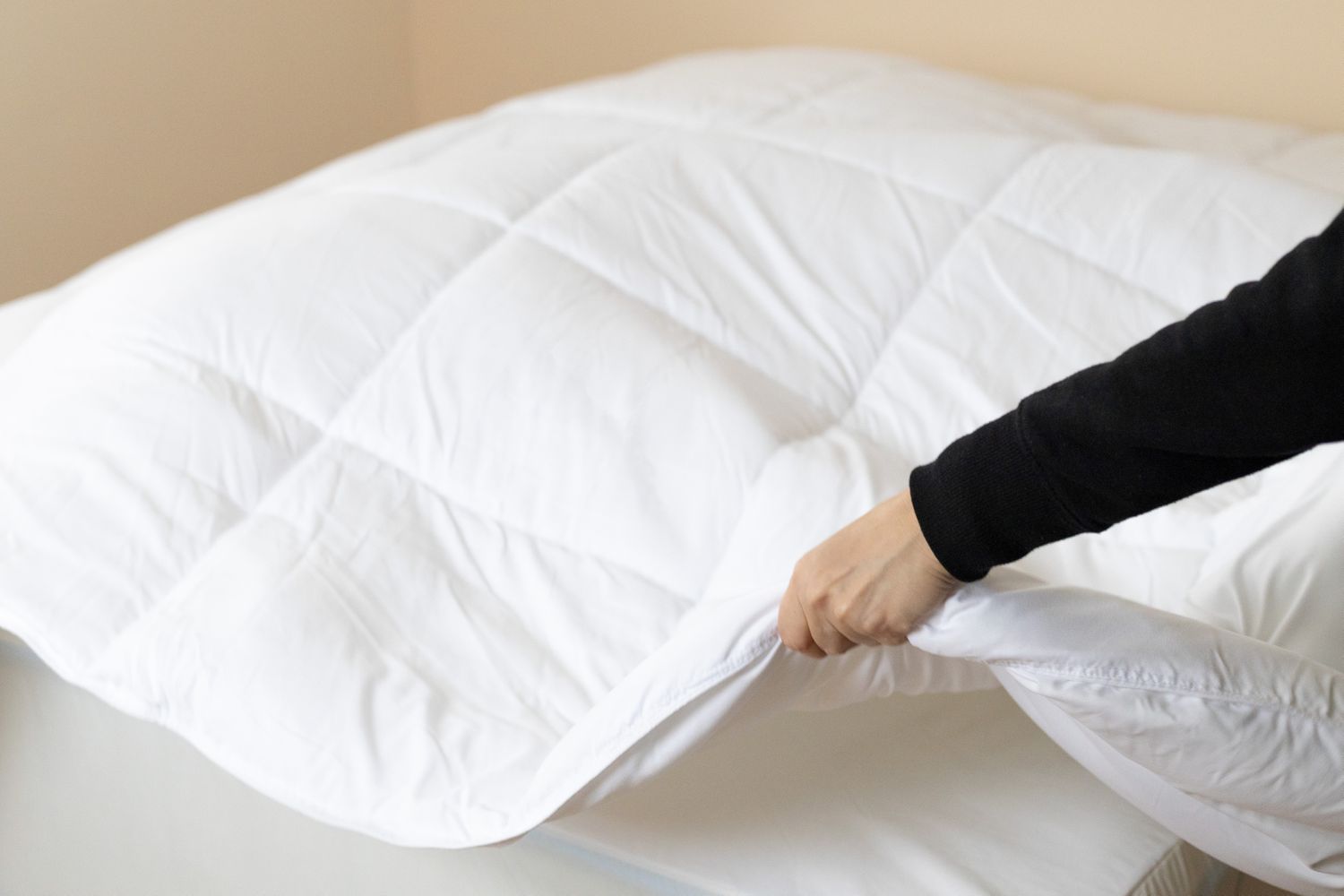

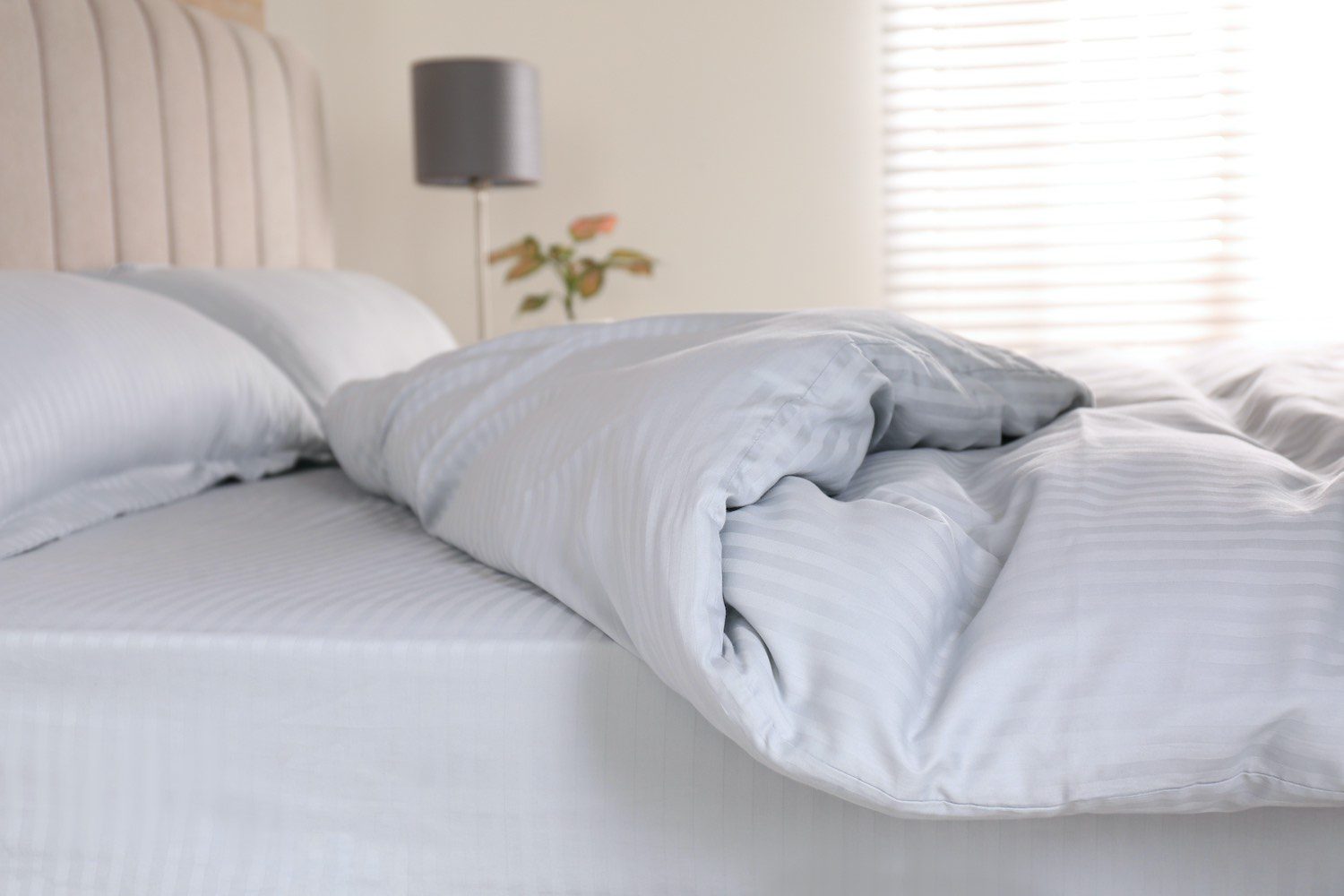

0 thoughts on “How To Dispose Pillows And Duvets”